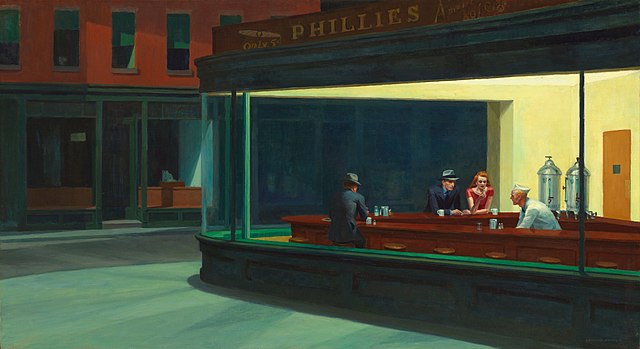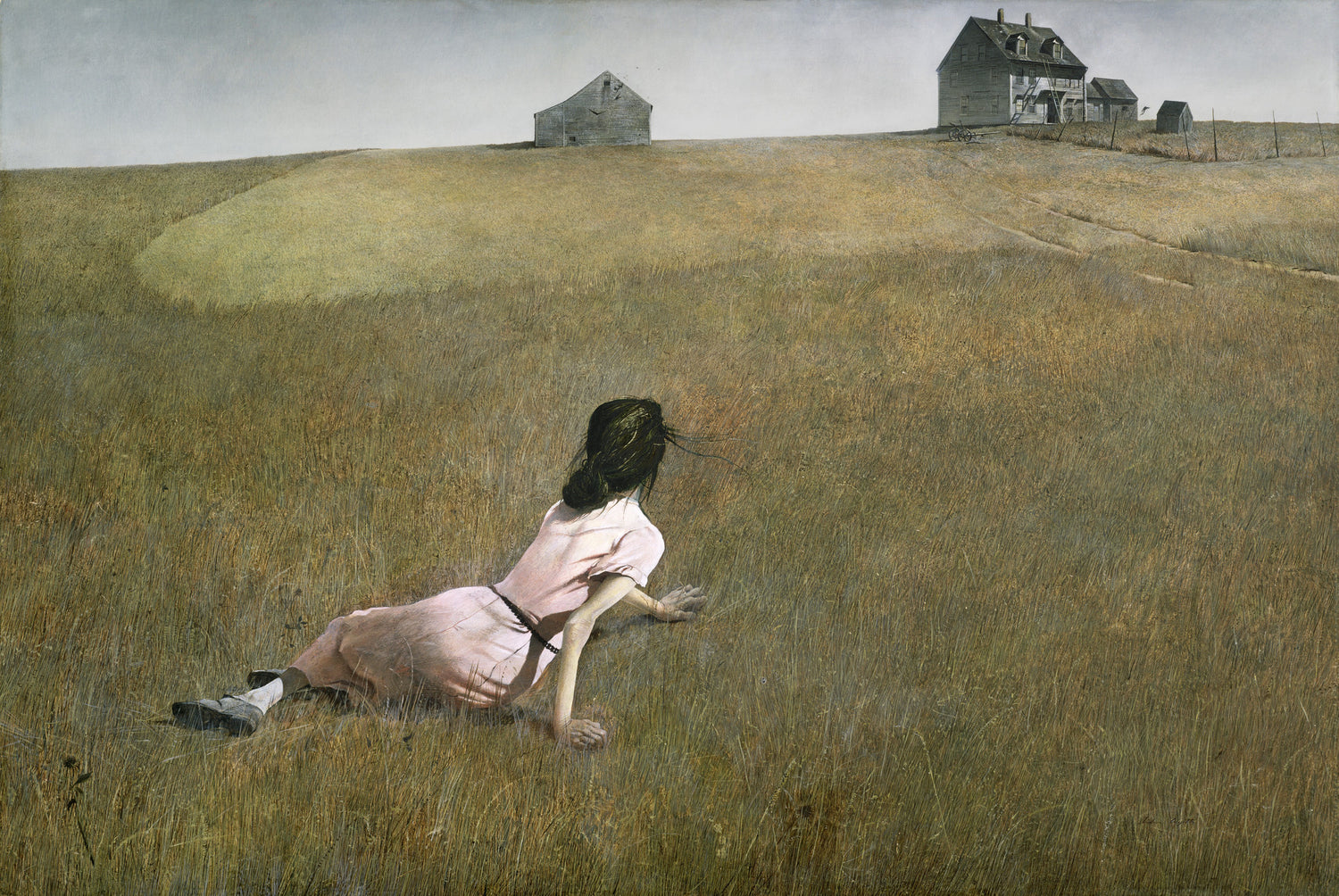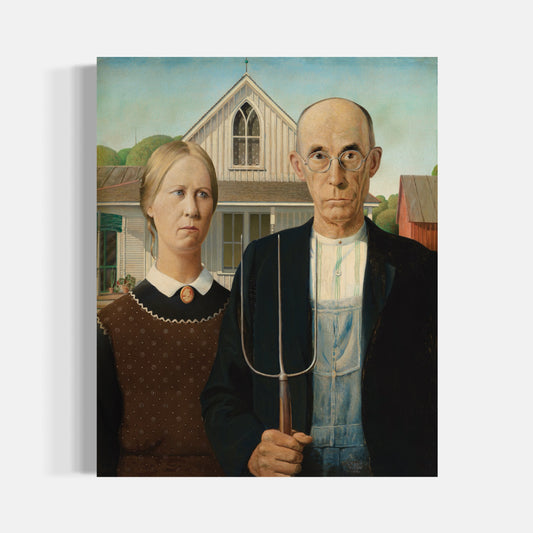
Regionalism
Era: 1920-1960
Regionalism is an American artistic movement that emerged in the 1920s and 1930s, in response to the economic and social upheavals of the time, notably the Great Depression. This movement is characterized by the realistic and idealized depiction of rural life and local landscapes of the United States, often with a marked nostalgia for the traditional values and simplicity of agricultural life.
Regionalist artists sought to capture the essence of deep America, in opposition to the European influences and avant-garde movements that dominated major cities like New York and Paris. Among the emblematic figures of Regionalism are Grant Wood, Thomas Hart Benton and John Stewart Curry.
Grant Wood is perhaps the most famous of the Regionalists, with his iconic painting “American Gothic,” which depicts a dour farmer and his daughter in front of their wooden house, symbolizing the resilience and morality of rural America. Thomas Hart Benton, on the other hand, is known for his vibrant murals and everyday scenes that celebrate work and community.
In summary, regionalism in painting is a movement that values rural American landscapes and lifestyles, offering an idealized and often patriotic vision of provincial life, in contrast to the cosmopolitan and modernist trends of the time.
Remarkable Artwork

American Gothic
Grant Wood
Year of creation: 1930
Estimated Market Value: 10 M$
Original Format: 78,7 x 65,3 cm

Night Hawks
Edward Hopper
Year of creation: 1942
Estimated Market Value: 320 M$
Original Format: 84 cm × 152 cm

Christina's World
Andrew Wyeth
Year of creation: 1948
Estimated Market Value: 198 M$
Original Format: 81.9 cm × 121.3 cm
Available to Purchase
-
American Gothic
Regular price From $259.00 CADRegular priceUnit price / per


